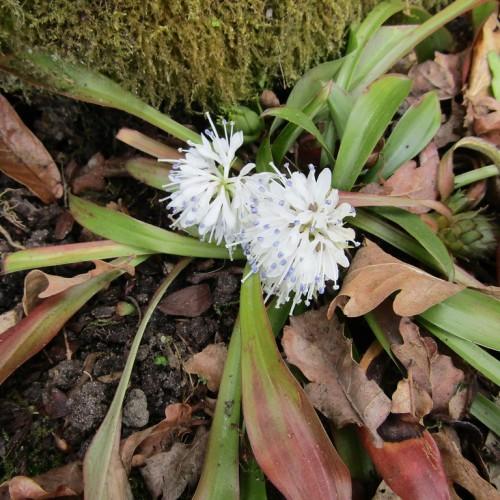
Tibetan ypsilandra
Ypsilandra thibetica
Cycle:
Herbaceous Perennial
Watering:
Average
Hardiness Zone:
7 - 9
Flowers:
Flowers
Sun:
Part shade
Leaf:
Yes
Growth Rate:
Low
Maintenance:
Low
Drought Tolerant:
Yes
Salt Tolerant:
Yes
Thorny:
Yes
watering
Tibetan ypsilandra plants require moist, well-draining soils. Water the plant when soil feels dry on the surface down to about the first knuckle of your finger inserted in the soil. Aim for a soil moisture level that is damp but not soggy. Water thoroughly, providing enough that it begins to drain from the bottom of the pot. Allow the soil to dry before watering again. During the growing season they should need to be watered once a week, while during winter months they can go as long as every few weeks.
sunlight
Tibetan ypsilandra, also known as Ypsilandra thibetica, has a moderate need for sunlight. It performs best in partially shaded locations where it will receive filtered sun during the morning hours, and shade during the afternoon. Morning sun of 4–5 hours and a total of 6–8 hours of indirect sunlight are ideal. Direct sun should be avoided. Tibetan ypsilandra enjoys an evenly moist soil, so if it is too dry and full sun is inevitable, the plant should be monitored frequently to prevent it from drying out.
pruning
Tibetan ypsilandra (Ypsilandra thibetica) should be pruned once per year in late winter or early spring, before new growth begins. During pruning, remove any stems or branches that are crossing over, rubbing against 1 another, or too close together. Additionally, selectively remove any dead or damaged branches to promote healthy shape and new growth. It is recommended to avoid cutting into old wood as stems may not regrow if pruned too heavily.
